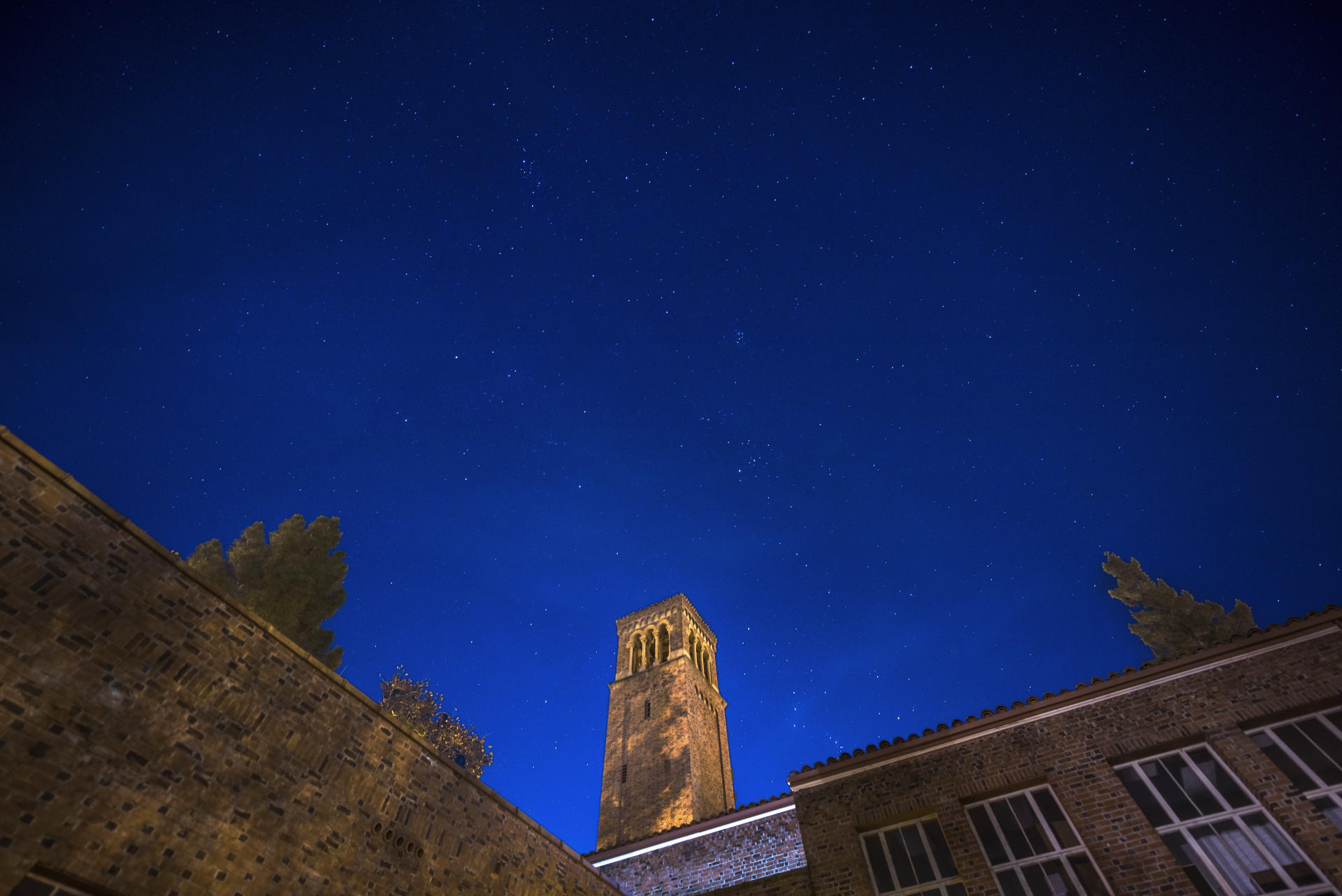Fond Farewell: Civil Engineering Professor Emeritus John Teasdale

Professor emeritus John Teasdale, who taught civil engineering for 30 years, passed away March 23. He was 88.
Born March 21, 1932, he earned his bachelor’s degree from Hofstra University in New York and went on to earn his master’s from the University of Iowa. In 1966, he joined the faculty at Chico State, where he would play a major role in developing the hydraulics and environmental engineering programs.
His expertise was in water quality and wastewater systems. His teaching included required civil engineering courses of fluid mechanics and environmental engineering, and a number of senior-level electives related to advanced environmental systems and hydraulics, which regularly earned high praise from alumni. He also designed the hydraulics lab in Langdon Engineering Center, which is largely still in place and functioning today, a fact faculty credit to his engineering prowess and careful planning in designing the lab.
“He was a very dedicated teacher, and many students, although they said he was a tough grader, said they learned more in his class than many others,” said environmental engineering professor Stewart Oakley. “He was a very dedicated teacher and good colleague.
Ed Anderson (Civil Engineering, ’64) never had the chance to be a student under Teasdale, graduating just before he arrived, but remembers that he faithfully attended American Society of Civil Engineering student chapter functions and meetings.
“He had the typical Midwestern dedication for the values of life and passed them on to the students by his actions and demeanor,” Anderson said. “He was never at a loss of words, or encouragement. He was a great mentor to the engineering students outside of the classroom, and I suspect, inside it as well.”
Former faculty member Charlie Roberts (Civil Engineering, ’81; MS, Interdisciplinary Studies, ’98) has fond memories of Teasdale both as a student and as colleagues. He remembers his sense of humor, conversation skills, and real expertise in his field.
“He didn’t need notes. He could walk up to the board with a piece of chalk and lay out some complicated equation as if it was as easy as walking up to the mailbox,” Roberts said. “It would put fear in us, but also admiration and a hope that we could do it ourselves.”
Once they were working together, Teasdale continued to make an impression on him.
“He was so supportive, it was really amazing,” he said. “He took you in and made you feel like there was nothing to worry about, and he would stand up for you like you wouldn’t believe. He was a very up-in-your-face New York guy, but just was warm and genuine as could be.”
Brian Stephenson (Civil Engineering, ’00) has fond memories of taking Teasdale’s environmental engineering class, which included a tour of the wastewater treatment plant and one of the most grueling projects he was assigned in college.
“For having to deal with sewage and other smelly liquids and materials, Professor Teasdale always seemed to be in good spirits and a pleasure to be in class with,” he said. “He is a positive memory of my time at Chico State.”
Lecturer Wes Hocking (Civil Engineering, ’78) remembers Teasdale as being “one of those professors who you always looked forward to being around. He said he had a wonderful sense of humor, made students feel comfortable in asking questions about anything, and tried to relate the technical fundamentals to everyday experiences.
“I recall one day in class he was teaching us about airflow around moving objects and he noted that the reason golf balls have dimples is to reduce the drag forces on the ball in flight. He casually remarked that if anyone knew how fast a golf ball travels, we could calculate the difference in drag between a smooth ball and a dimpled one,” he said. “Having played a lot of golf, I happened to know the answer—250 feet per second—and, sure enough, he did the calculation in class and proved that the drag was indeed less on a dimpled ball. That lesson was one that I could relate to in my life and has stayed with me for over 40 years.”
After Teasdale retired in 1996, he enjoyed woodworking, reading, and traveling. He is survived by his wife, Shirley Teasdale, son Christopher Teasdale, and daughter Katherine Candelario. The family requests any donations in his name be made to the Department of Civil Engineering, because it’s where his greatest passion was.
The University flag will be lowered Tuesday, June 16, in his honor. Services have not yet been planned. We will share details when we learn of them.


